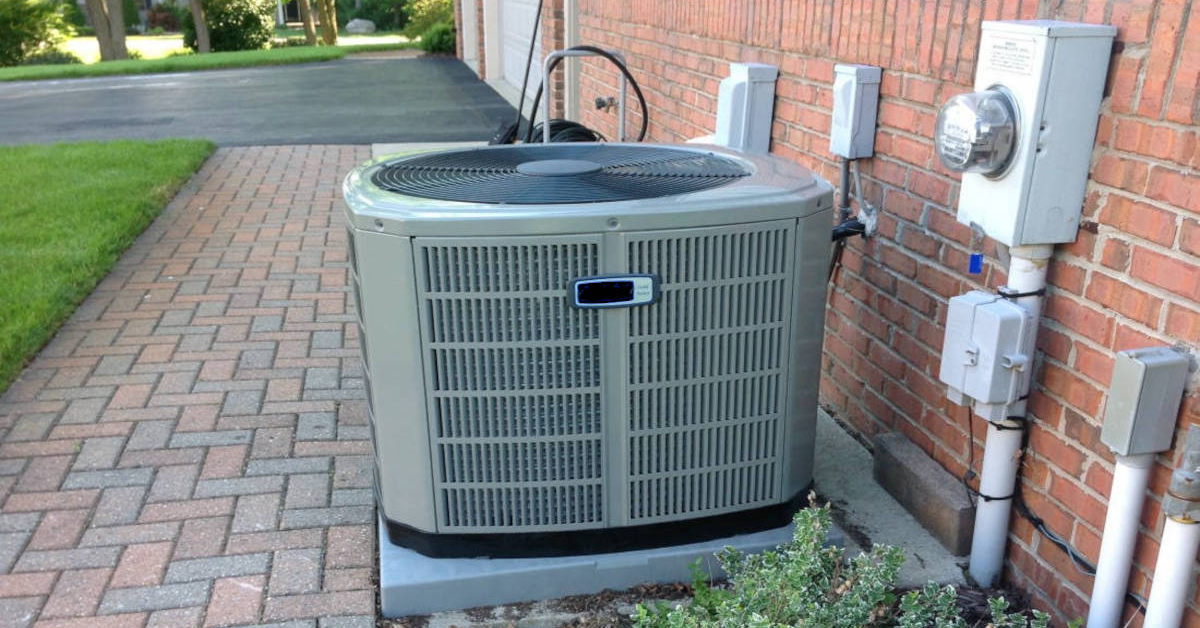Your home is filled with valuable electronic devices and appliances that make daily life more convenient and enjoyable. However, these electronic gadgets are susceptible to power surges, which can wreak havoc on your investments. A home surge protector is an essential component of your electrical system that can safeguard your valuable electronics from these destructive surges. In this blog, we will explore the importance of home surge protectors, how they work, the types available, and tips for choosing the right one for your home.
Why Do You Need a Surge Protector?
Before delving into the specifics of surge protectors, let’s understand why they are crucial for your home:
Protection for Valuable Electronics: Today, homes are filled with expensive electronic devices such as computers, televisions, gaming consoles, and smart appliances. These devices are sensitive to voltage spikes, and even a small surge can damage them irreparably.
Preventing Data Loss: A power surge can lead to data loss or corruption on your electronic devices. If you’ve ever lost important files due to a sudden power interruption or surge, you understand the importance of surge protection.
Longevity of Appliances: Surge protectors extend the lifespan of your appliances and electronics by preventing damage caused by surges. Replacing damaged appliances can be costly, so investing in surge protection is a wise financial decision.
How Do Surge Protectors Work?
Surge protectors, also known as surge suppressors or surge diverters, work by redirecting excess voltage away from your devices. Here’s how they function:
Voltage Diversion: When a surge occurs, the surge protector detects the excess voltage and diverts it safely to the ground or away from your devices.
Multiple Outlets: Surge protectors often come with multiple outlets, allowing you to connect multiple devices simultaneously. This is especially useful for home offices and entertainment centers.
Indicator Lights: Many surge protectors have indicator lights that show the status of protection. This helps you know when it’s time to replace a surge protector that has taken multiple hits.
There are several types of surge protectors available, each designed for specific applications:
Whole-House Surge Protectors: These are installed at your electrical panel and provide protection for all the devices in your home. They are the first line of defense against external surges, such as lightning strikes.
Power Strip Surge Protectors: These are the most common type and are ideal for protecting individual devices or a small group of devices. They are available in various sizes and styles.
Outlet-Mounted Surge Protectors: These surge protectors replace your standard wall outlet, providing a built-in solution for protection. They are ideal for high-traffic areas with limited space for power strips.
In today’s technology-driven world, protecting your electronic devices and appliances from power surges is crucial. Investing in a quality surge protector is a small price to pay for the peace of mind that your valuable electronics are safe from harm. By following the tips mentioned in this guide, you can choose and install the right surge protector for your home and enjoy worry-free use of your electronic devices for years to come.
AAA Heating & Air, LLC
https://www.google.com/maps?cid=14091221535020656886
844 Founders Rd, Lexington, SC 29073
(803) 920-3771
https://callaaatoday.com/

